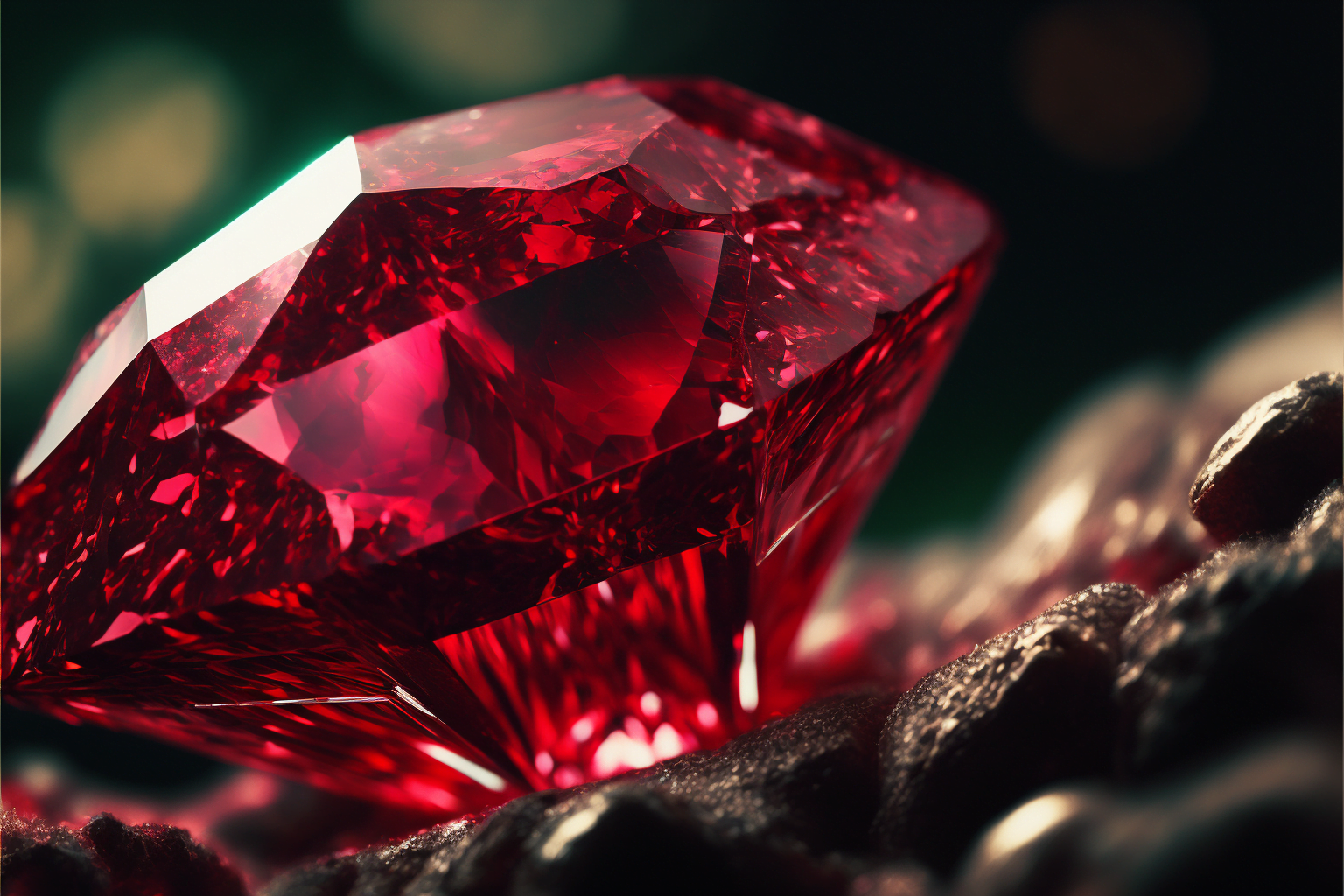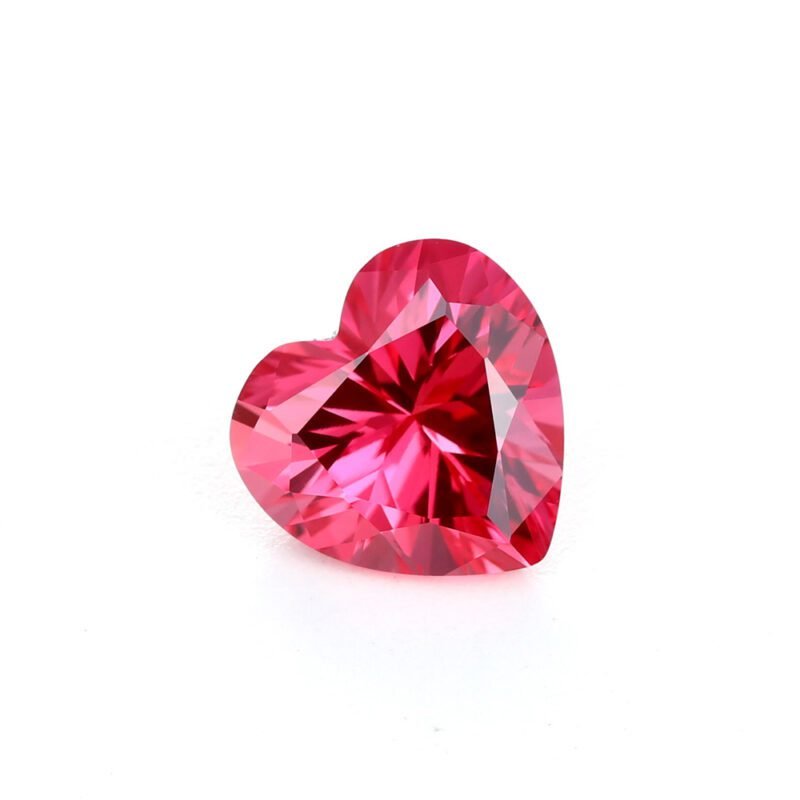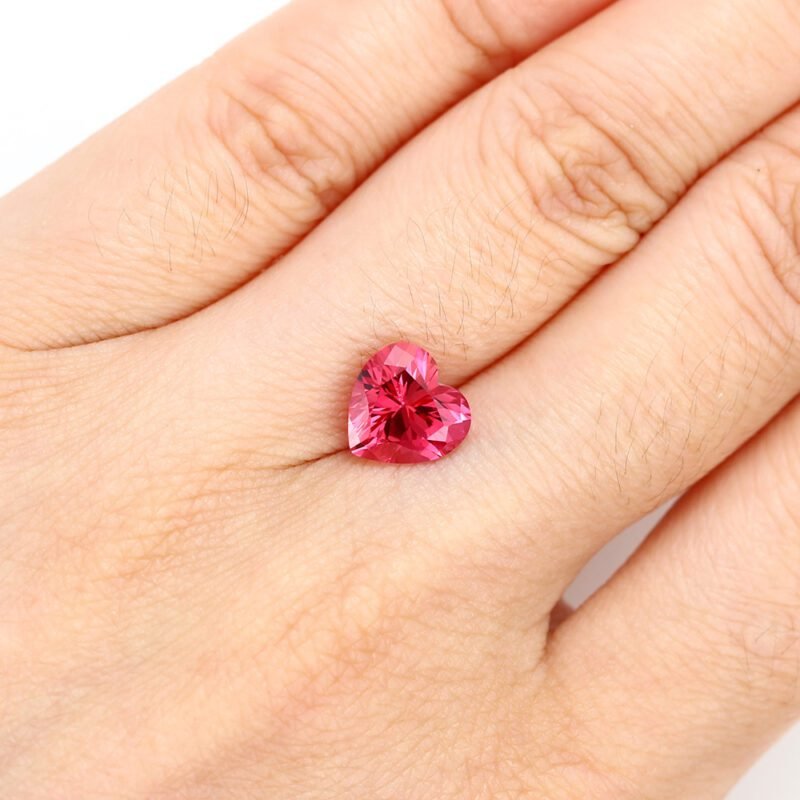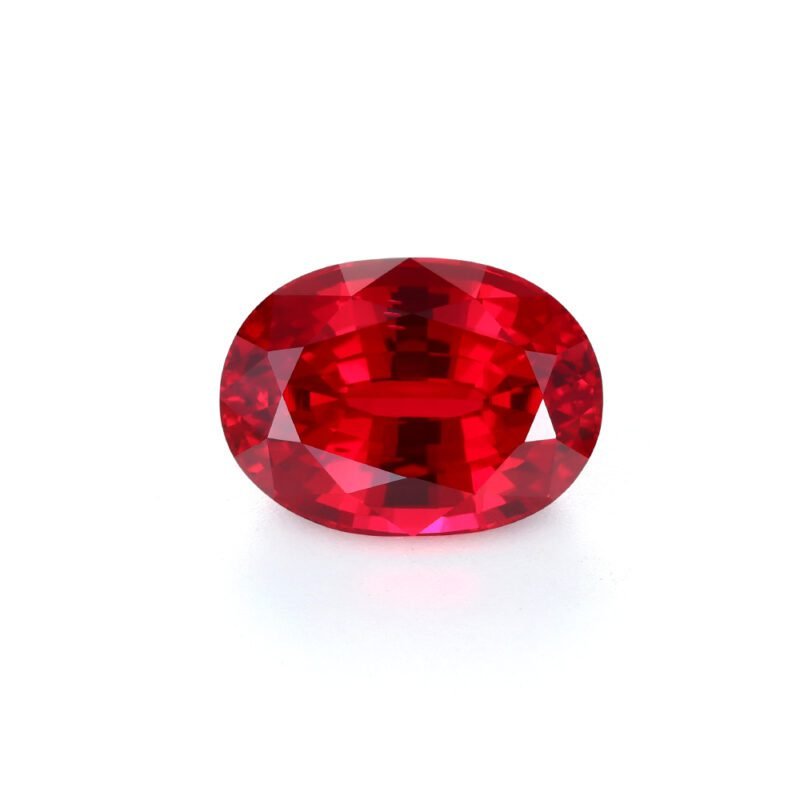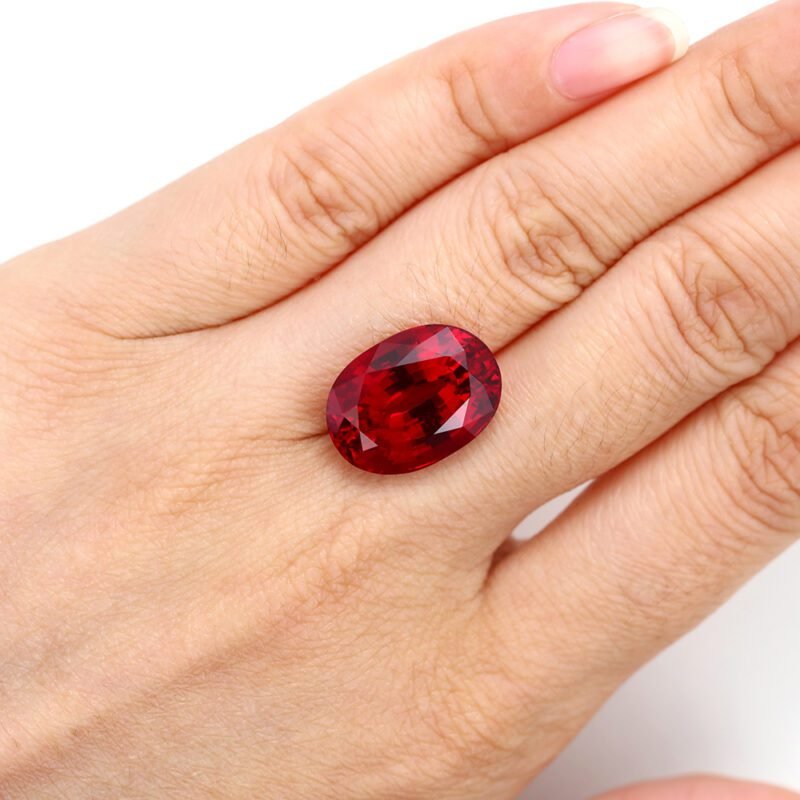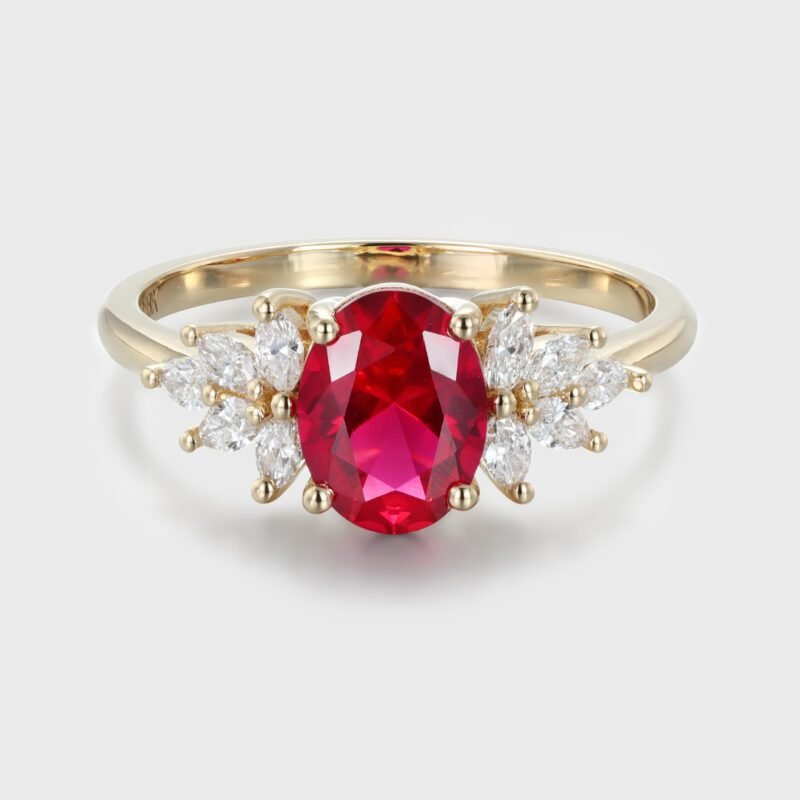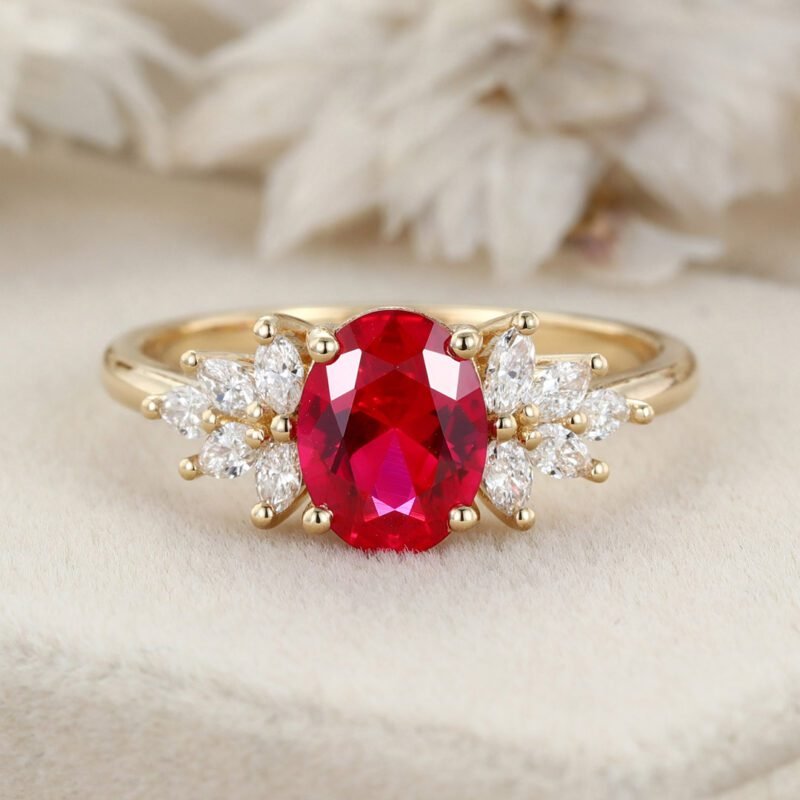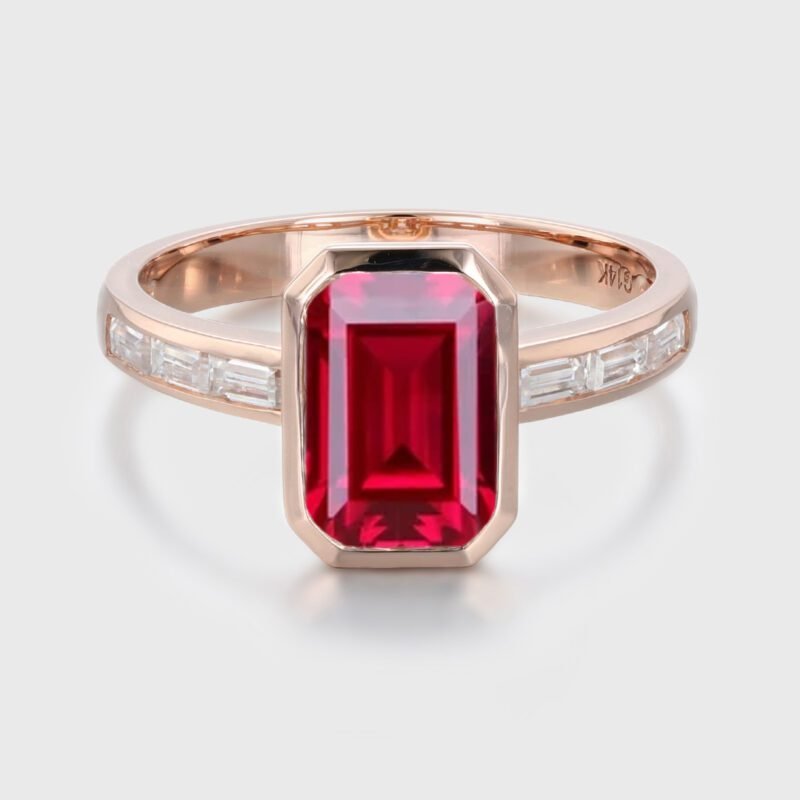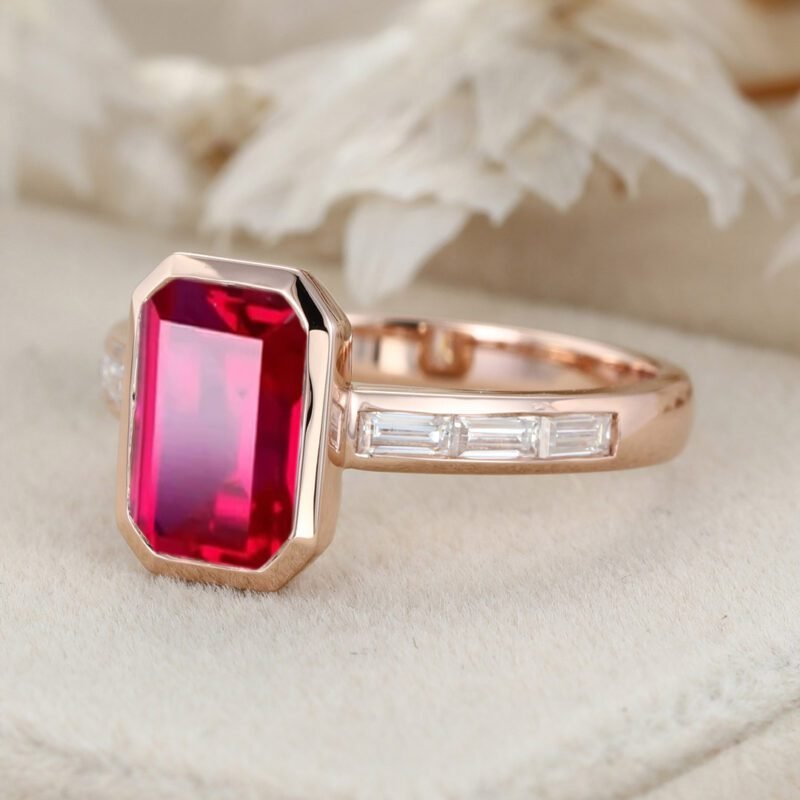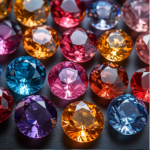Rubies are known for their intense, deep red color and have been used in jewelry for centuries. Traditionally, rubies were mined from the earth, but with the advancement of technology, lab-grown rubies are now available. These gems have the same chemical and physical properties as natural rubies, but are created in a laboratory environment. While they may seem like an attractive alternative to natural rubies, there are some key differences between the two that you should be aware of before making a purchase.
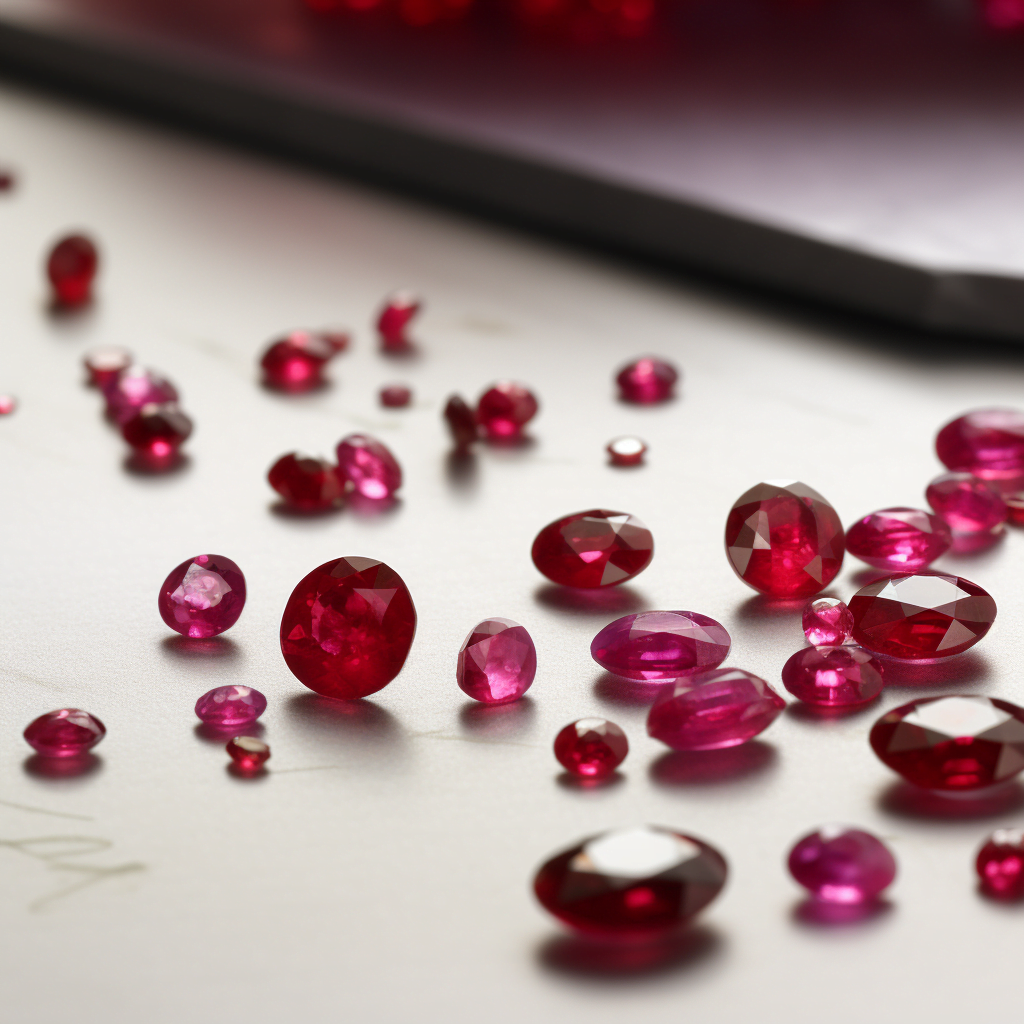
The Origin Story
Natural Rubies
Natural rubies are formed deep within the Earth’s mantle, under intense pressure and heat. They are a product of geological processes that take millions of years, involving the crystallization of minerals rich in chromium. This gives them their signature red color, caused by the presence of chromium ions.
Lab-Grown Rubies
Lab-grown rubies, on the other hand, are created in controlled environments using advanced techniques, such as the Verneuil process or the flux method. These methods mimic the natural conditions under which rubies are formed but speed up the process significantly. Lab-grown rubies share the same chemical composition as natural rubies and are also rich in chromium, leading to their red color.
Pros of Lab-Grown Ruby
-
- Cost-effective: Lab-grown rubies are generally less expensive than natural rubies, making them an affordable option for those on a budget.
-
- Ethical and sustainable: Lab-grown rubies are produced in a controlled environment, which means they don’t have the same negative environmental and social impacts as mining natural rubies.
-
- Consistent quality: Since lab-grown rubies are created in a controlled environment, they are more consistent in quality than natural rubies, which can vary in color and clarity.
Cons of Lab-Grown Ruby
-
- Lack of rarity: Lab-grown rubies are not as rare as natural rubies, which can impact their value.
-
- Less sentimental value: Natural rubies have a history and a story behind them, which can make them more sentimental to some people than lab-grown rubies.
Pros of Natural Ruby
-
- Rarity: Natural rubies are rare, which can make them more valuable and desirable to collectors and investors.
-
- Sentimental value: Natural rubies have a long history and are often passed down from generation to generation, which can make them more sentimental and valuable to some people.
Cons of Natural Ruby
-
- Costly: Natural rubies are more expensive than lab-grown rubies, which can make them out of reach for some people.
-
- Ethical concerns: Mining for natural rubies can have a negative impact on the environment and communities, and there are concerns around the use of child labor and exploitation in some mines.
The Four Cs: A Closer Look
When evaluating any gemstone, whether natural or lab-grown, experts often consider the Four Cs: Carat weight, Cut, Color, and Clarity. Let’s explore how these factors compare for lab-grown and natural rubies.
Carat Weight
Both lab-grown and natural rubies are available in a wide range of carat weights, allowing you to choose according to your preferences and budget. Carat weight does not significantly differ between the two.
Cut
The cut of a ruby greatly affects its brilliance and overall appearance. Skilled gem cutters work on both natural and lab-grown rubies to maximize their beauty. You can find well-cut stones in both categories.
Color
Color is perhaps the most crucial factor for rubies. Both natural and lab-grown rubies can achieve the same vibrant red hues. In fact, lab-grown rubies often exhibit a purer red color due to fewer impurities.
Clarity
Ruby, as a gemstone, naturally contains inclusions and imperfections. Natural rubies may have more visible inclusions than lab-grown ones. However, the impact on their overall beauty varies from stone to stone.
Durability and Hardness
Rubies, whether natural or lab-grown, are one of the hardest gemstones, ranking just below diamonds on the Mohs scale. This makes them highly durable and suitable for everyday wear in jewelry, such as engagement rings and necklaces.
Which One Should You Choose?
In the end, the choice between a lab-grown ruby and a natural ruby boils down to personal preferences and priorities. Natural rubies have the allure of being a product of nature, with unique inclusions that tell their story. On the other hand, lab-grown rubies offer affordability, purity of color, and ethical advantages.
Whichever you choose, both lab-grown and natural rubies possess the captivating beauty and enduring charm that have made them cherished gemstones for centuries. When selecting your perfect ruby, consider your budget, ethical stance, and the specific qualities that resonate with you. In the end, both options can adorn your jewelry with timeless elegance and fiery passion.
Conclusion
When it comes to lab-grown ruby vs natural ruby, there are pros and cons to both. It ultimately comes down to your personal preferences and values. Whether you choose a lab-grown or natural ruby, make sure to purchase from a reputable source and get it appraised by a professional to ensure its quality and value.
At oveela Jewelry, we promote the use of lab grown Ruby for jewelry that is ethically and environmentally friendly, We can match the stone to the carat size, cut, color, etc. that you want for your ruby, and it’s all there!
Remember, both types of rubies are beautiful and have their own unique characteristics. The most important thing is to choose a ruby that you love and that brings you joy.

